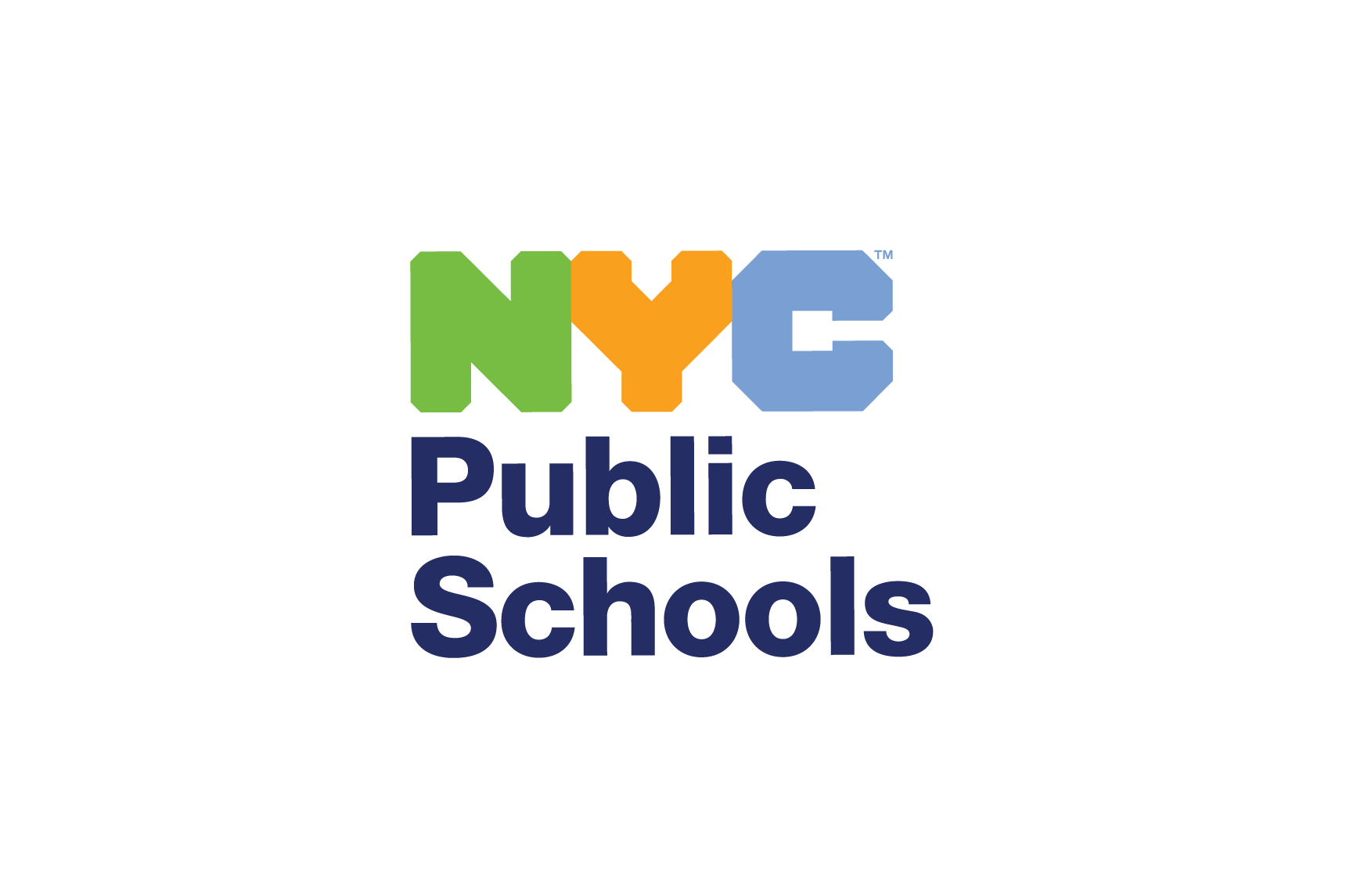New York City Public Schools Releases Grades 3 – 8 State Test Score Data for 2023–24 School Year
Math scores in grades 3-8 increased 3.5 points. English Language Arts scores increased 1.8 points in grades K-2, decreased 2.6 points in grades 3-8.
NEW YORK – New York City Public Schools (NYCPS) today released the New York State test score data for grades 3 through 8 from the 2023-24 school year and citywide screener data from grades K-2.
Though New York State has thus far only provided rounded percentages, NYCPS’s analysis shows that math scores were up by 3.5 points, increasing from 49.9 percent proficient in 2023 to 53.4 percent in 2024. Comparatively, New York State saw math scores increase by 1.7 points. NYCPS math proficiency rates now surpass those for the state. Additionally, math screener data for grades K-2 shows a 0.7 point increase across all three grades.
NYCPS’s analysis also shows that reading scores in grades K-2 increased by 1.8 points according to nationally used assessments administered in the spring of 2024 compared to the spring of the prior year. This promising improvement in critical grades for literacy means that now 38.2% of students K-2 are above the national median score. In grades 3-8 English Language Arts (ELA) there was a 2.6 point decrease in proficiency in ELA mirroring trends seen across the state.
This decrease follows a pattern in states that have undertaken new literacy strategies like NYC Reads, with high-quality curricula based in the Science of Reading accompanied by extensive coaching and support for educators. Both Tennessee and Mississippi, where the student population is just half of that of New York City, experienced initial declines in ELA scores before seeing significant long-term improvements. In both school systems, experts attribute the initial decline to the transitional period that many educators must go through to implement the curriculum with fidelity. With this knowledge, NYCPS has intentionally measured the initial success of NYC Reads by looking at implementation data.
“Our students, families, and educators deserve congratulations for their hard work, reflected in improved math proficiency and promising early literacy data. The successful implementation of NYC Solves and NYC Reads is setting the foundation for continued progress in the coming years,” said Schools Chancellor David C. Banks. “Significant change does not happen overnight, and the slight decline in ELA test scores represents a transitional period as our school system adjusts to a new method of instruction. We launched Phase 1 of NYC Reads in about half of our school districts last year, and we look forward to rolling it out to the remaining districts in Phase 2 this fall. While challenges remain in higher grades, our early successes signal that we are on the right path to enhancing student achievement across the board.”
Continued improvement in reading proficiency is contingent on faithful implementation of high-quality and scientifically backed approach to early literacy. After a strong first year of NYC Reads with 98 percent of Phase 1 classrooms using the new curriculum and principals embracing the challenge, there are strong indicators that there will be significant gains in future years. 81 percent of NYC Reads Phase 1 principals and 70 percent of Phase 2 principals have reported satisfaction with curriculum; ; 77 percent of Phase 1 and 2 principals have reported receiving adequate support in ELA instruction
Educators are sharing anecdotal evidence of students who are grasping the material much more quickly than expected. Additionally, regular literacy screening data shows improvement across grades K through 2, with an increase of 1.8 percent from spring to spring. Grades K-2 are crucial years in early literacy development. Screener data, captured three times per year, is designed to support educators in adjusting classroom instruction and provide interventions where needed.
“Change is difficult, but we’re staying the course and we’re confident we’re on the right track,” said Susan Neuman, NYU Professor and Literacy Advisory Council member. “These ELA scores reflect broad indicators of achievement; they’re not particularly sensitive to the more detailed changes in skills that we’re beginning to see. The screener data is promising and probably a better measure of initial signs of improvement.”
In 2023, Mayor Adams launched NYC Reads, a major citywide campaign to strengthen literacy based on the science of reading in half of the city’s elementary schools and 90 percent of early childhood programs. In 2024, Mayor Adams announced “NYC Solves,” a major citywide initiative to raise math achievement so all students graduate with strong math skills. Today’s announcement builds off two years of core education accomplishments under the Adams administration, including instituting nation-leading dyslexia screening for all students, adding 57 Gifted and Talented programs, opening nine new schools for the 2024-2025 school year alone, helping 8,662 students secure a total of 23,000 job placements through FutureReadyNYC, cementing new labor contracts, investing over 600 million in new funding to protect critical programs that were funded with temporary stimulus dollars, dramatically increasing early childhood education enrollment to 150,000 children across the city’s system, and securing mayoral accountability twice in three years while investing $180 million to implement a comprehensive class size reduction plan.

